Lilibet Behdadnia of the Berglund Group Explains the Ins and Outs of Hermes International v. Mason Rothschild
January 30, 2023 was the start of the Hermes International v. Mason Rothschild trial in the United States Court for the Southern District of New York, case number 1:22-cv-00384. Why is this trial so important? Because it is the first case between a luxury brand, Hermes, a luxury fashion business known for, among other things, its Birkin handbag, and an NFT artist, Mason Rothschild.
In December 2021, defendant Mason Rothschild made headway when he revealed that Hermes had sent him a cease-and-desist letter alleging infringement of their federally registered trademark. Rothschild launched his digital “MetaBirkins,” selling a digital artistic rendition of the handbag as non-fungible-tokens (“NFTS”). The digital art is a depiction of the iconic Birkin Bag with digital faux fur and artistic qualities.
The parties were in dispute as to what test applied. Defendant Rothschild’s argument relied on the Rogers test, a test developed by the Second Circuit in Rogers v. Grimaldi, 875 F.2d 994 (2d Cir. 1989), a case balancing the First Amendment’s free speech protection and the Lanham Act’s trademark protection. Under Rogers, “the [Lanham] Act is read to apply to artistic works only where the public interest in avoiding consumer confusion outweighs the public interest in free expression. More concretely, courts apply the Act to an expressive work only if the defendant’s use of the mark (1) is not artistically relevant to the work or (2) explicitly misleads consumers as to the source or the content of the work. Effectively, Rogers employs the First Amendment as a rule of construction to avoid conflict between the Constitution and the Lanham Act.” Gordon v. Drape Creative, Inc., 909 F.3d 257, 260 (9th Cir. 2018)
In short, the Rogers test allows artists to use other brand’s trademarks in their works without permission as long as it is artistically relevant and does not mislead consumers. One prominent example is Andy Warhol’s Chicken Noodle, Campbell’s Soup screenprints.
On the other hand, plaintiff Hermes relied on the traditional likelihood of confusion test- a two-prong test established by Gruner + Jahr requiring application of the Polaroid factors to assess the likelihood of confusion. Gruner + Jahr USA Pub, v. Meredith Corp., 991 F.2d 1072, 1074 (2d Cir. 1993). The factors are fact intensive and include: (1) the strength of the plaintiff’s mark; (2) the similarity of the marks; (3) the competitive proximity of the products in the marketplace; (4) the likelihood that the senior user will “bridge the gap” by moving into the junior user’s product market; (5) evidence of actual confusion; (6) the junior user’s bad faith in adopting the mark; (7) the respective quality of the products; and (8) the sophistication of the consumers in the relevant market) See Polaroid Corp., 287 F.2d at 495 .
Hermes argued that Rothschild’s NFT improperly appropriated the Birkin trademark, harmed its ability to enter the NFT space and confused consumers to believe it’s endorsed by Hermes by identifying and branding his NFT as the “MetaBirkin” to attract public attention and signify source, and selling digital art of the handbag.
Conversely, Rothschild argued that the NFTs are artistic in nature, and because he’s an artist, doesn’t sell physical products like Hermes, and included disclaimers that it did not infringe on Hermes’ mark.
However, the jury was not persuaded by Rothschild’s arguments. On February 8, 2023, the jury held the artist liable for trademark infringement, trademark dilution and for unlawfully cybersquatting, and ordered him to pay $110,000 of revenue generated from the NFT sales and resales as well as $23,000 for cybersquatting.
This case was a win for the fashion luxury brand and will likely set precedent for use of a brand’s protected mark in the NFT space going forward. However, this case will likely not be the last concerning brands, NFTs and the metaverse in general. There are still several intellectual property issues surrounding web3 and the metaverse.

